It’s difficult to come up with one single permaculture definition that makes sense to everyone, because it encompasses so much, and each person identifies with a different aspect of it.
It might be that gardening or greywater systems interest you most; or perhaps natural building tickles your fancy.
And then there’s alternative energy sources, and appropriate technology; sustainable ways to heat your home; and the best ways to integrate animals into a system. So many exciting areas to work in; so many new things to discover.
Permaculture is a design method which enables people to set up systems – homes, gardens, animal systems, energy – that are not only sustainable, but also make life easier on the people who live and work in them, and help people take care of their communities, and the planet as well.
Bill Mollison, the father of permaculture, defines permaculture as:
“The conscious design and maintenance of agriculturally productive systems which have the diversity, stability, and resilience of natural ecosystems. It is the harmonious integration of the landscape with people providing their food, energy, shelter and other material and non-material needs in a sustainable way.”
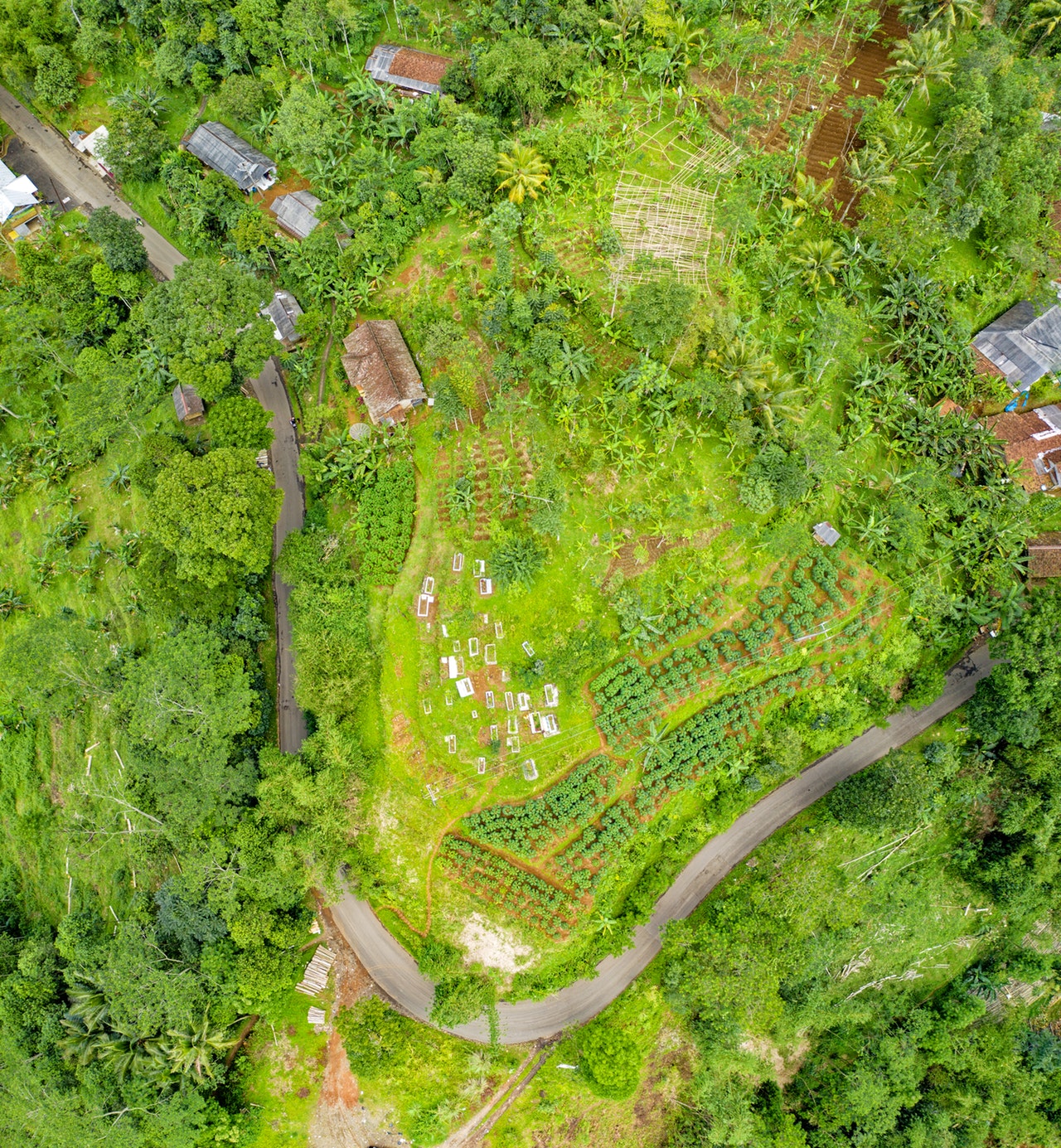
You can go anywhere on the web and find different definitions. But the bottom line is, permaculture is a way to arrange and implement systems within the landscape which are beneficial to all involved – and that includes the planet itself.
Permaculture has given me a way to look at the world we live in, and find new and better ways to take care of it, ourselves, and each other.
Our agriculture is killing the soil. Our waterways are poisoned. Our air is toxic. And our food is so depleted of nutrients that it barely gives us what we need. We definitely need a new system.
With permaculture, we learn how to take care of the world. We learn how to take the systems that aren’t working, and replace them with systems that do work. Systems that work with nature, and give more than they take.

For instance, permaculture gardening focuses on feeding the soil, to ensure that it contains the nutrients it needs to grow healthy food, and teaches us to always give back to the system as much as we take.
It also focuses on creating gardens which are not only resilient in the face of a changing climate, but which are integrated into the landscape and provide support for other elements in the system.
As a matter of fact, that is one of the foundations of permaculture – making sure that each element in the system supports two or more other elements in the system; each element has at least two or more functions; and each element not only helps support the system, but is also supported by the system.
For example, a house isn’t just a house. If placed properly, it can provide needed shade during hot weather, as well as present a sun-warmed, protected wall for any heat-loving plants that you want to grow.
It also gets a lot of rain on its roof, which can be collected and used in the system. A house is not only a home for the people who live there, but a functioning part of the system.
And that’s just one element of the system. If you’re building a homestead, learning permaculture can help you organize and sustain it in a way that it not only takes care of your needs, but the needs of the system itself, the needs of your community if necessary, and the needs of the planet.
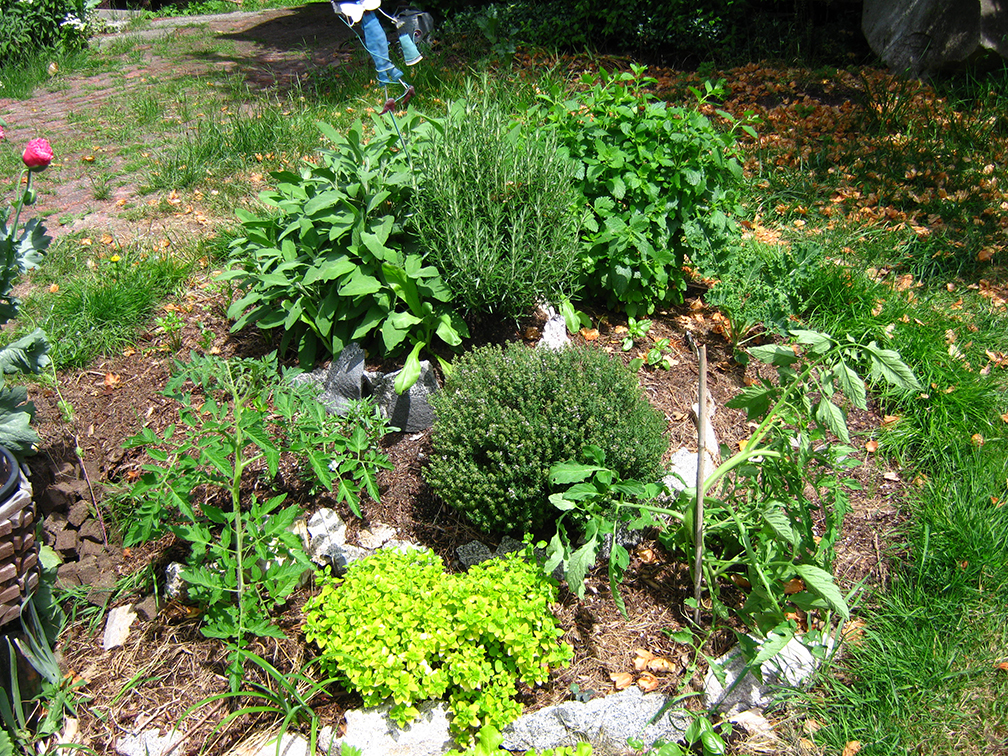
Gardening – which just so happens to be one of my favorite things in the whole world – has many valuable roles in a permaculture system. Obviously, it feeds the people who tend the system. Yum. But it can also feed the animals in the system. Chickens love a good feed of veggie scraps, as do pigs.
A garden is also a great place to use up waste that the system produces. All those veggie scraps that you fed to the chickens and pigs comes back into the garden system as composted manure and bedding, which makes for very happy and healthy soil. This, in turn, will grow much more nutrient rich vegetables for you and your family. And your chickens and pigs.
A garden that is planted with different flowers will attract pollinators into your system. Having flowers that bloom from early spring to late in the fall ensures that the pollinators, and other beneficial insects, have the food they need to survive. And if you keep them fed, they will stick around.
One more thing a garden can provide is an income. Whether you do a market garden and sell at Farmers Markets, do farm gate sales, or take the CSA route, it can provide a nice income for the gardening inclined.
You can sell vegetables, herbs and herbal products, or fresh cut flowers. You can grow fruit and berries to sell – maybe as a You-Pick. The possibilities are only limited by your imagination.
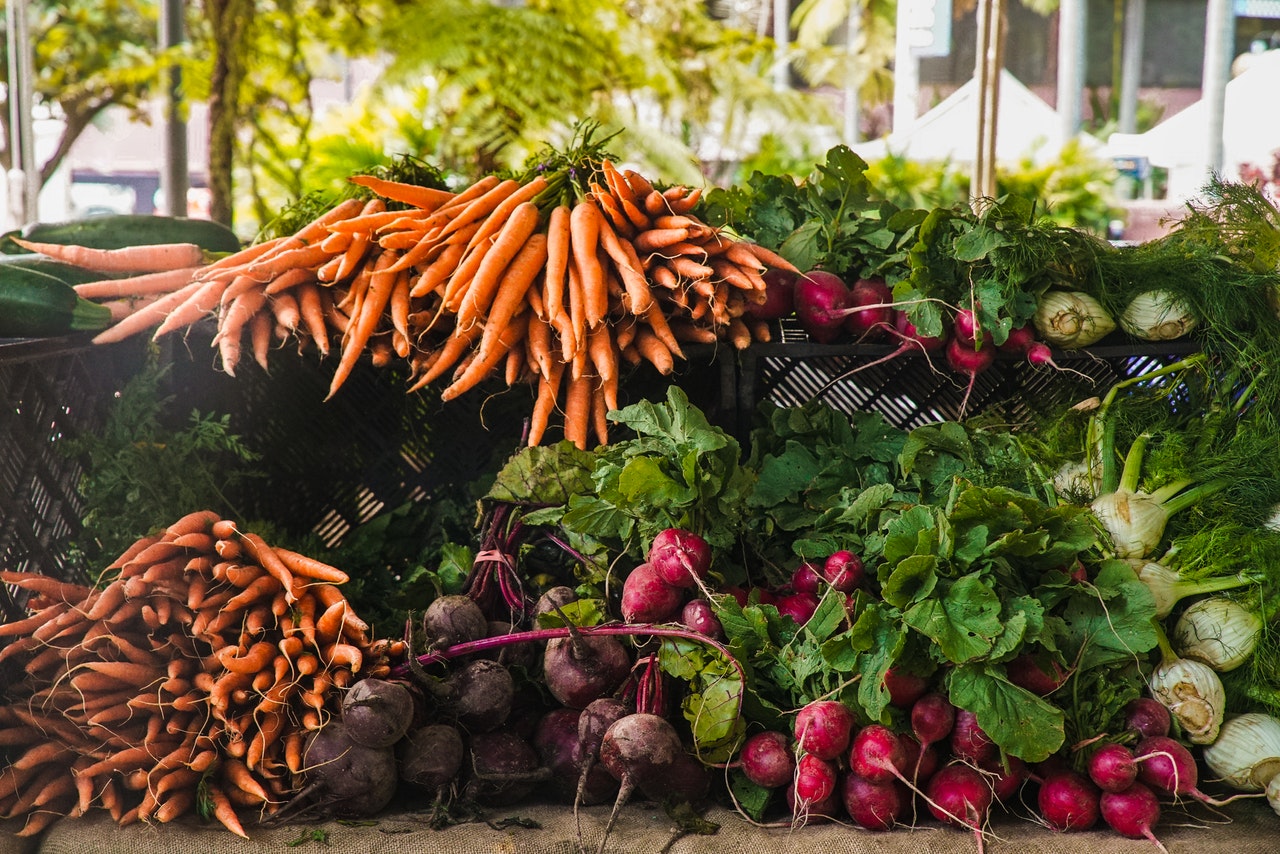
And let’s not forget a very important part of any permaculture system: animals. Animals can add so much to a permaculture farm or homestead.
From their waste – which makes excellent compost – to their ability to clear land (goats), eat pests and scratch up weeds (chickens), and eat slugs (ducks), animals contribute so much to a system that it would be remiss not to add them in when you can. And that’s not even mentioning the food they provide, such as eggs, milk, and meat.
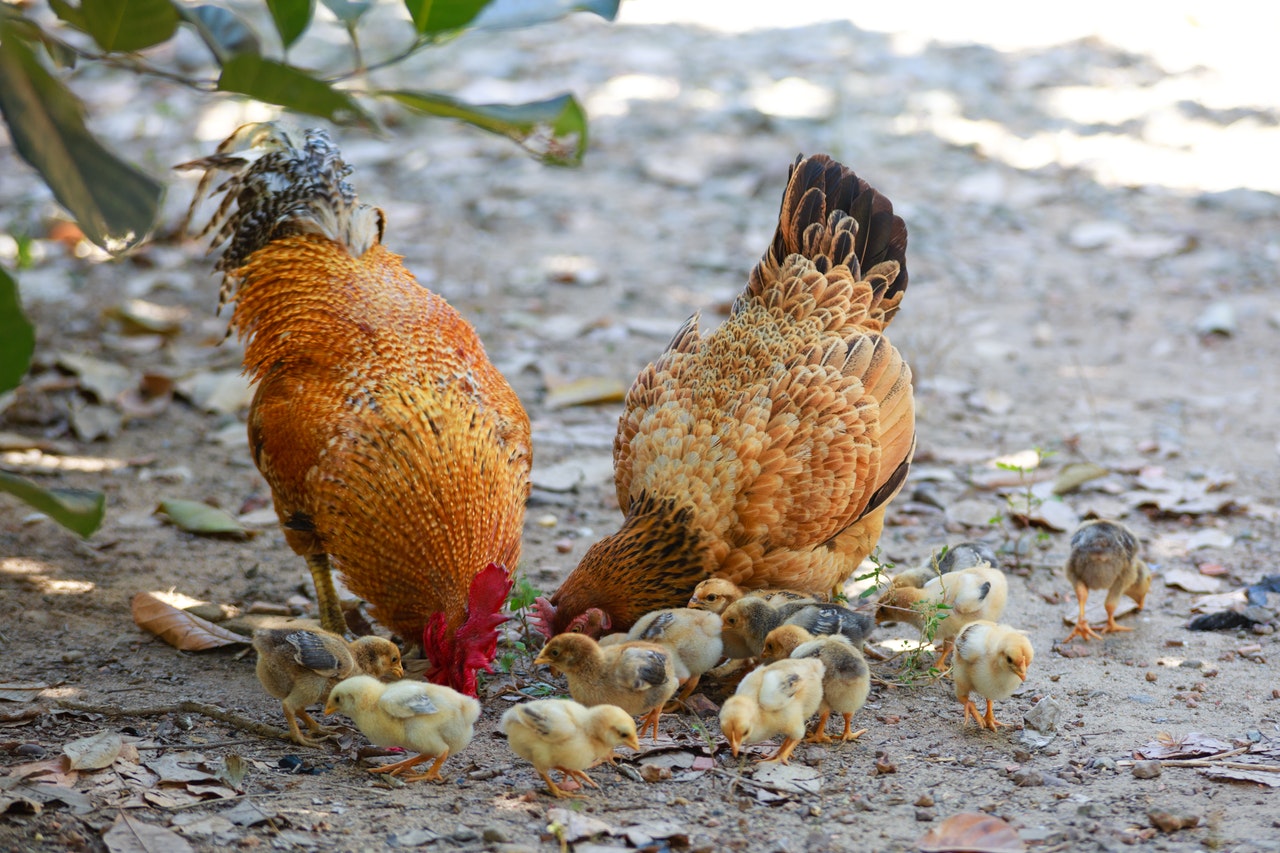
I’ll be writing in more detail about all the different aspects of permaculture, and how we can integrate them into our lives. My hope is that you’ll be able to come up with your own variation of a permaculture definition that works for you as you plan a permaculture life of your own, and learn how to put all the pieces together.
If you are new to the concept of permaculture, on this site I will endeavor to share what I have learned, what I am working on, and what I hope to learn in the future. Then you can see how to integrate permaculture into your own life, whether it is as simple as growing a garden in your back yard, or as complex as an entire homestead system.
The next posts will be about the 12 Permaculture Principles – the heart and soul of permaculture – and how they can help you organize your systems so you get the most out of them. Hope to see you there.
Health, Hope & Happiness
Tracy
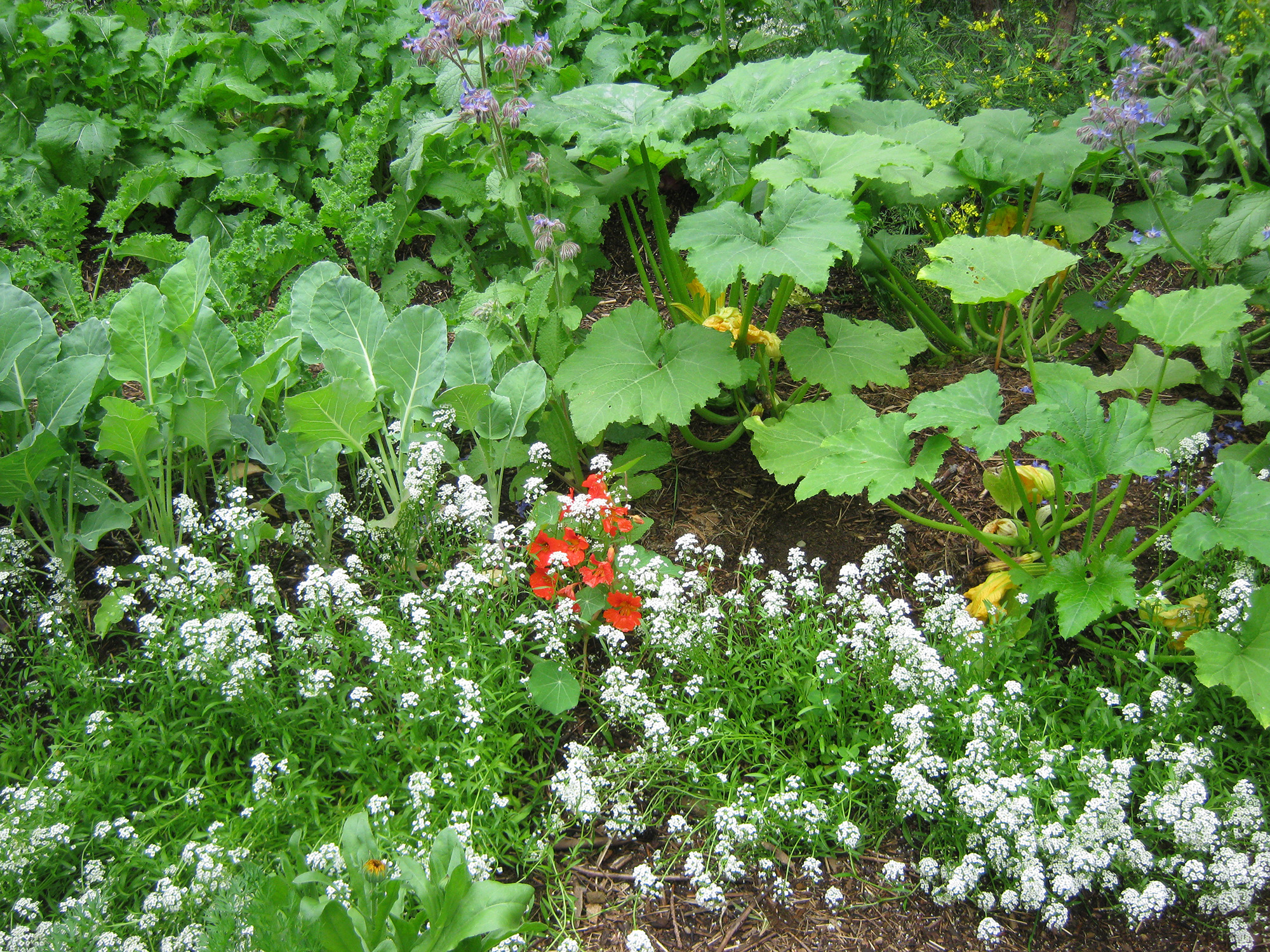
Hi Tracy,
I love this! I grew up with a permaculture homestead lifestyle. We had huge gardens and greenhouses here in Alaska. We had chickens to eat weeds and bugs, rabbits to eat weeds and make fertilizer, compost to recycle all the scraps and enrich the soil and earthworms to make the compost even better. We did not use any chemical pesticides or herbicides and practiced crop rotation and inter-planting such as planting marigolds with other crops to keep bugs away.
We had solar and wind energy and used solar to pump water for the garden and for our own use. We even collected leaves and dead lake weeds in the fall to mulch in the fall and till into the soil in the spring. I did not know the word permaculture when I was a kid doing all this with my parents but apparently that is what we were doing!
I miss that lifestyle very much and will be visiting your website for a taste of home!
I am excited to see what you do here!
Jessica
Thanks so much, Jessica.
Yes, that sounds like permaculture to me! And it is definitely what I am working toward.
I’m so glad you enjoyed the article, and hope that you’ll carry on and see the others.
There will be a lot more pictures coming!
Thanks so much for dropping by, and giving me your support.
Cheers
Tracy